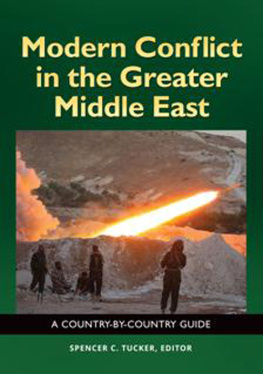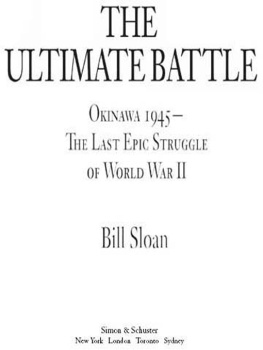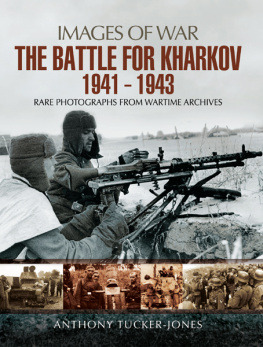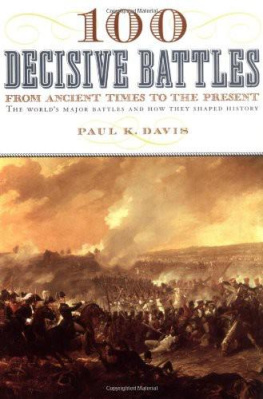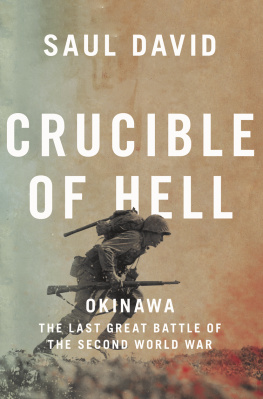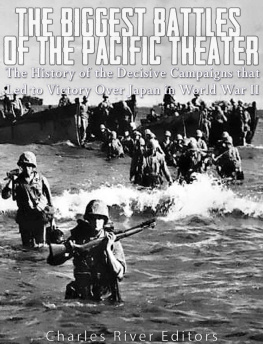Battles That Changed American History
Spencer C. Tucker

Copyright 2014 Abc-Clio, LLC
All rights reserved. No part of this publication may be reproduced, stored in a retrieval system, or transmitted, in any form or by any means, electronic, mechanical, photocopying, recording, or otherwise, except for the inclusion of brief quotations in a review, without prior permission in writing from the publisher.
Library of Congress Cataloging-in-Publication Data
Tucker, Spencer, 1937
Battles that changed American history / Spencer C. Tucker.
pages cm
Includes bibliographical references and index.
ISBN 978-1-4408-2861-4 (hardcover : alk. paper)
ISBN 978-1-4408-2862-1 (ebook)
1. United StatesHistory, Military. 2. BattlesUnited StatesHistory. I. Title.
E181.T933 2014
355.00973dc23 2013016413
ISBN: 978-1-4408-2861-4
EISBN: 978-1-4408-2862-1
18 17 16 15 14 1 2 3 4 5
This book is also available on the World Wide Web as an eBook.
Visit www.abc-clio.com for details.
ABC-CLIO, LLC
130 Cremona Drive, P.O. Box 1911
Santa Barbara, California 931161911
This book is printed on acid-free paper 
Manufactured in the United States of America
Battles That Changed American History
Battles That Changed American History
100 of the Greatest Victories and Defeats
Spencer C. Tucker
ABC-CLIO
Santa Barbara, California Denver, Colorado Oxford, England
For Leo E. Cloutier, veteran of World War II and longtime friend
Contents
List of Entries
Preface
This collection of 100 influential battles in American history follows closely the format of my Battles That Changed History. The current collection discusses mostly individual battles but also some campaigns and a few short wars that in my view most impacted American history from colonial times to the present. Each entry lists books for further reading on the subject as well and has a box containing key information. While I have written the majority of the entries, many other military historians have contributed to the project.
It was difficult to decide just which battles to include. I am most grateful to military historians Drs. David Coffey, Jim Piecuch, Jerry Morelock, Malcolm Kip Muir Jr., Paul Pierpaoli Jr., Carol Reardon, and Bradford Wineman, all of whom were gracious enough to review my initial list of some 120 battles. While there was general agreement on perhaps half of my selections, there was little consensus on the remainder; strong opinions were expressed, pro and con, regarding some of the selections. While this process was helpful to me, it also made the task of reducing a long list to fit within the number of words allowed by the publisher more difficult.
I hope that the reader will find this book both informative and interesting.
Spencer C. Tucker
Battles That Changed American History
Battle of Mabila
Paul J. Springer
Date | October 18, 1540 |
Location | Mabila, Alabama, near the confluence of the Alabama and Tombigbee Rivers |
Opponents (*winner) | *Spain | Choctaw Native Americans |
Commander | Hernando de Soto | Chief Tuskaloosa |
Approx. # Troops | Some 600 | At least 3,000 |
Importance | Although this is one of the bloodiest battles in North American history, de Soto is able to continue his exploring expedition, one of the most significant events in the 16th century. |
In May 1539 Spaniard Hernando de Soto led a force of some 600 men from Cuba in what would be a two-year-long exploration of the American Southeast. De Soto proceeded from Florida, during which time he seized Chief Tuskaloosa (Tascalusa) of the Choctaws and held him as a hostage, demanding supplies. Tuskaloosa directed de Soto to one of his towns, Mabila, and sent a messenger on ahead there. On October 18, 1540, the Spaniards arrived at the fortified town of Mabila at the confluence of the Alabama and Tombigbee Rivers in present-day central Alabama.
De Sotos men noticed that the settlements inhabitants included thousands of warriors armed with bows, spears, and clubs and that there were few women, children, or elderly men. De Soto entered the town accompanied by several dozen followers, whereupon they were ambushed by Choctaw warriors concealed in the towns structures.
The Spaniards managed to cut their way free, but they lost 20 of their number in the immediate fighting. None of the Spanish troops inside the town escaped unscathed, despite armor that proved sufficient to prevent most lethal wounds. During the escape, the Spaniards lost virtually all of their baggage and equipment.
De Sotos men then fought a pitched battle outside Mabilas palisade. In the open, the Spaniards were able to use superior technology and cavalry tactics to powerful effect. In so doing, they slaughtered hundreds of Choctaws. As the Choctaws retreated behind Mabilas wooden walls, de Soto ordered his men to form four squadrons and assault the palisade surrounding the town from every direction. The Spaniards breached the rough-hewn log palisade and then threw torches at the thatched roofs of houses in the town. De Soto kept a mounted patrol on each side of the palisade to kill any Choctaws attempting to escape the inferno.
The defenders repeatedly repulsed the Spaniards but suffered heavy casualties in each assault. After a nine-hour battle, resistance ended, and every Choctaw defender who had survived the fires was cut down. The town was burned to the ground in the fighting, destroying all of the captured Spanish baggage.
By the end of the days fighting, at least 22 Spaniards were dead and an additional 148 were wounded. Some historians estimate Spanish casualties at 70 dead and hundreds wounded. Most accounts place the Choctaw casualties at between 2,500 and 3,000, although a Spanish witness to the battle claimed that 11,000 Choctaws perished in the fighting and its aftermath in what was certainly the bloodiest battle in North American history to 1862. Tuskaloosas remains were never found by the Spaniards, but it is likely that he died in the fighting or in the conflagration. In any event, there is no mention of him in any later European account.
Following the battle, de Soto continued his exploration and conquests, despite talk of mutiny among his followers, many of whom wished to abandon the expedition and return to Cuba. If de Sotos expedition was one of the most significant events in 16th-century American history, the Battle of Mabila was its defining moment.
Further Reading
Duncan, David Ewing. Hernando de Soto: A Savage Quest in the Americas. New York: Crown, 1995.
Hudson, Charles. Knights of Spain, Warriors of the Sun: Hernando de Soto and the Souths Ancient Chiefdoms. Athens: University of Georgia Press, 1997.
Destruction of Fort Caroline
Jim Piecuch
Date | September 20, 1565 |
Location | Near present-day Jacksonville, Florida |
Opponents (*winner) |


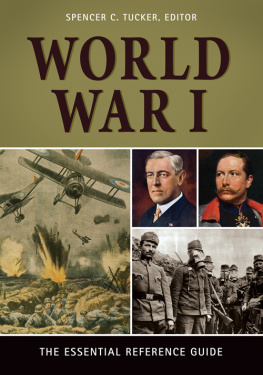
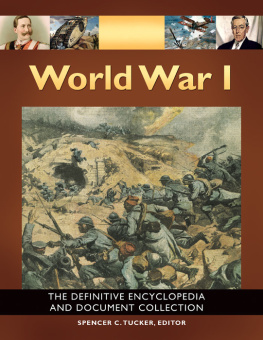
![Spencer C. Tucker - World War II [5 Volumes]: The Definitive Encyclopedia and Document Collection](/uploads/posts/book/128138/thumbs/spencer-c-tucker-world-war-ii-5-volumes-the.jpg)
